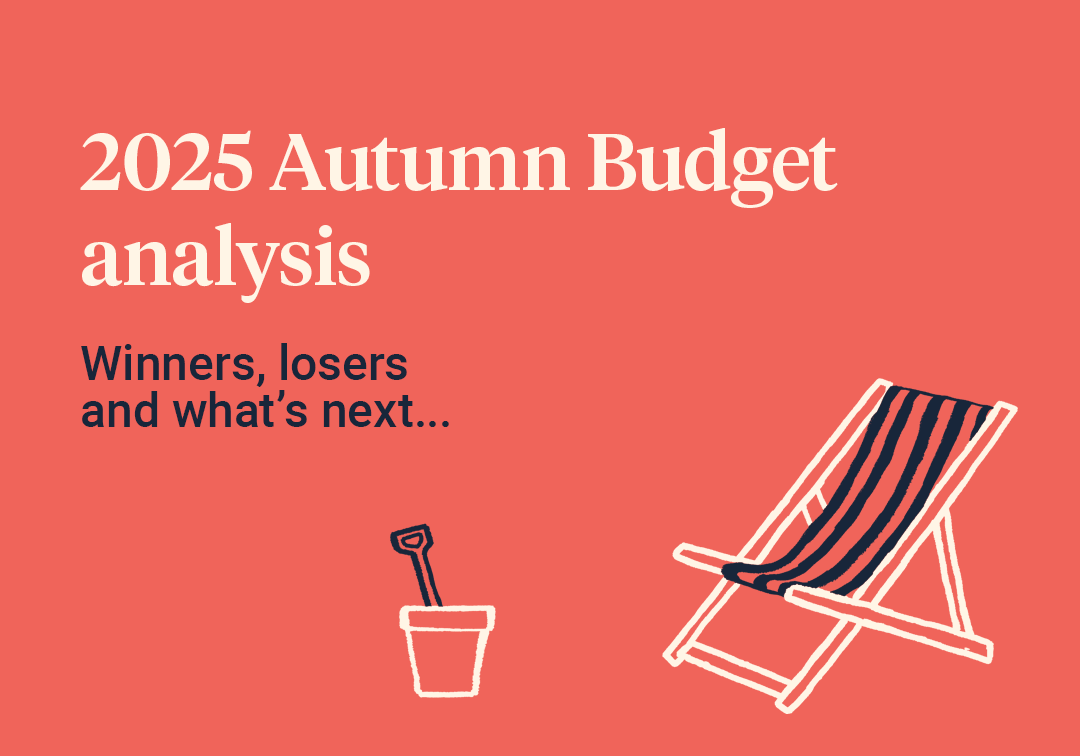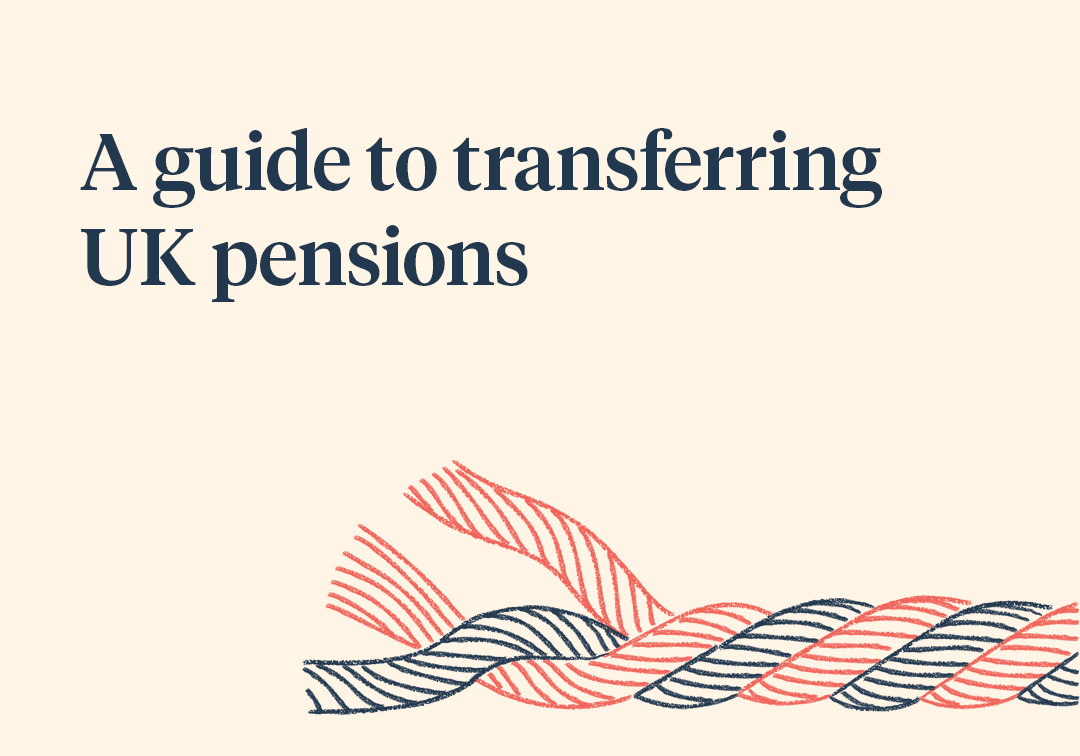Did you know that the Lifetime Allowance (LTA) tax charge on your pension could be costing you more than 55% of your hard-earned retirement savings?
The 55% tax charge for exceeding the LTA sounds intimidating enough, however, many people end up with an effective tax charge of more than this. Ironically, this is often the result of trying to beat the system.
What is the Lifetime Allowance?
The Lifetime Allowance (LTA) is the limit of the funds an individual can build within their combined pensions during their lifetime before incurring an LTA tax charge. Now, there are two important words used within that explanation that can easily get overlooked:
“Build”
“Combined”
Build – This is important to note as any growth that is made on top of your pension contributions is also included when assessing the LTA, along with any basic rate tax relief that is claimed at source for personal contributions.
Combined – All of your pension pots count towards the LTA. This means that if you are lucky enough to have an old Defined Benefit pension that you will need to factor this into any calculations also. This is typically based on 20x your annual pension at retirement plus any tax-free cash however there are many more complexities with pensions in payment pre/post 2006 and therefore it is important that you seek advice if you are affected by this.
The trap
If you are fortunate enough to have pension assets that are in excess of the LTA, you have two options when it comes to paying the charge:
- Take benefits in excess of your LTA as a lump sum and suffer a 55% tax charge.
- Take benefits in excess of your LTA as a regular income and suffer a 25% tax charge.





